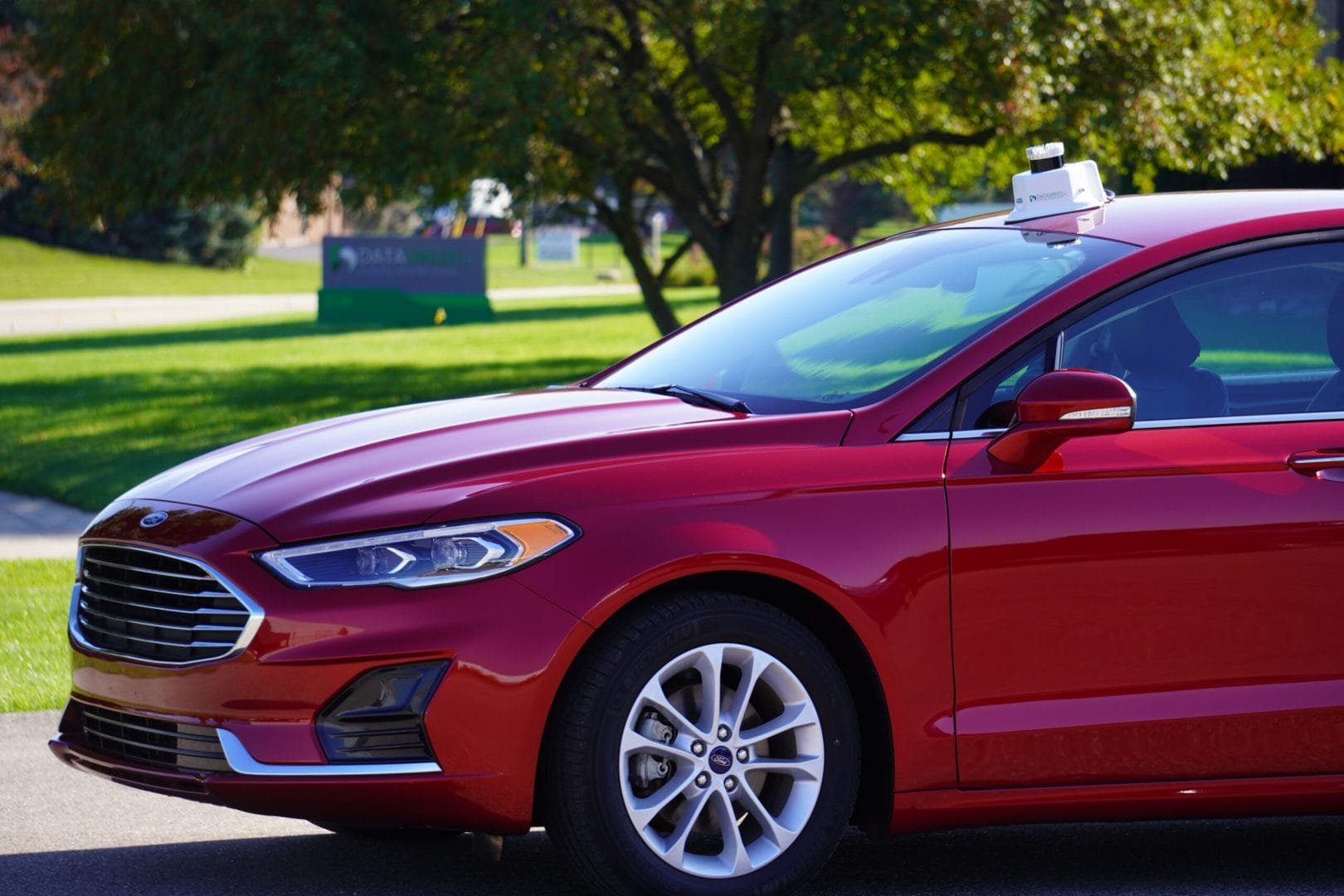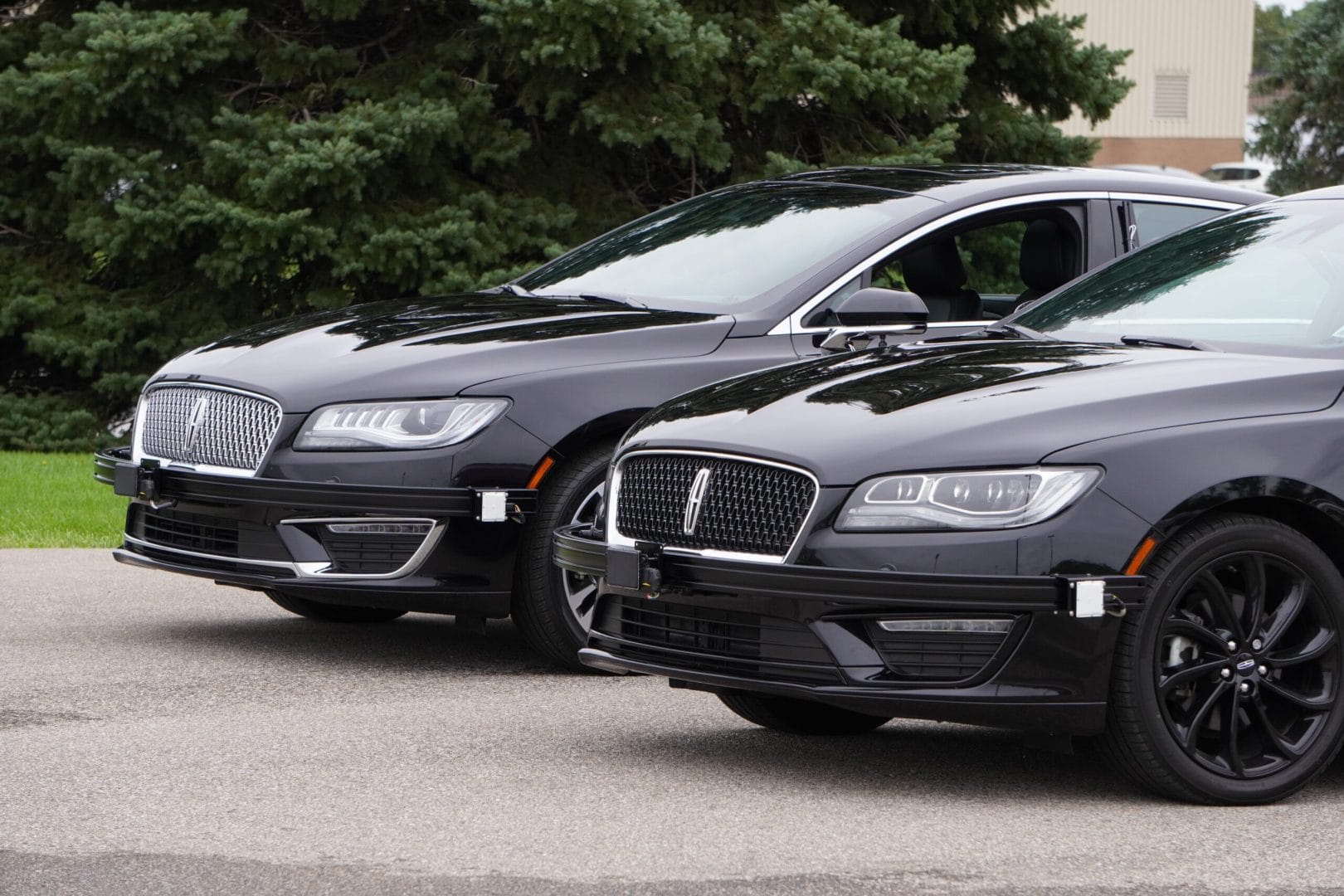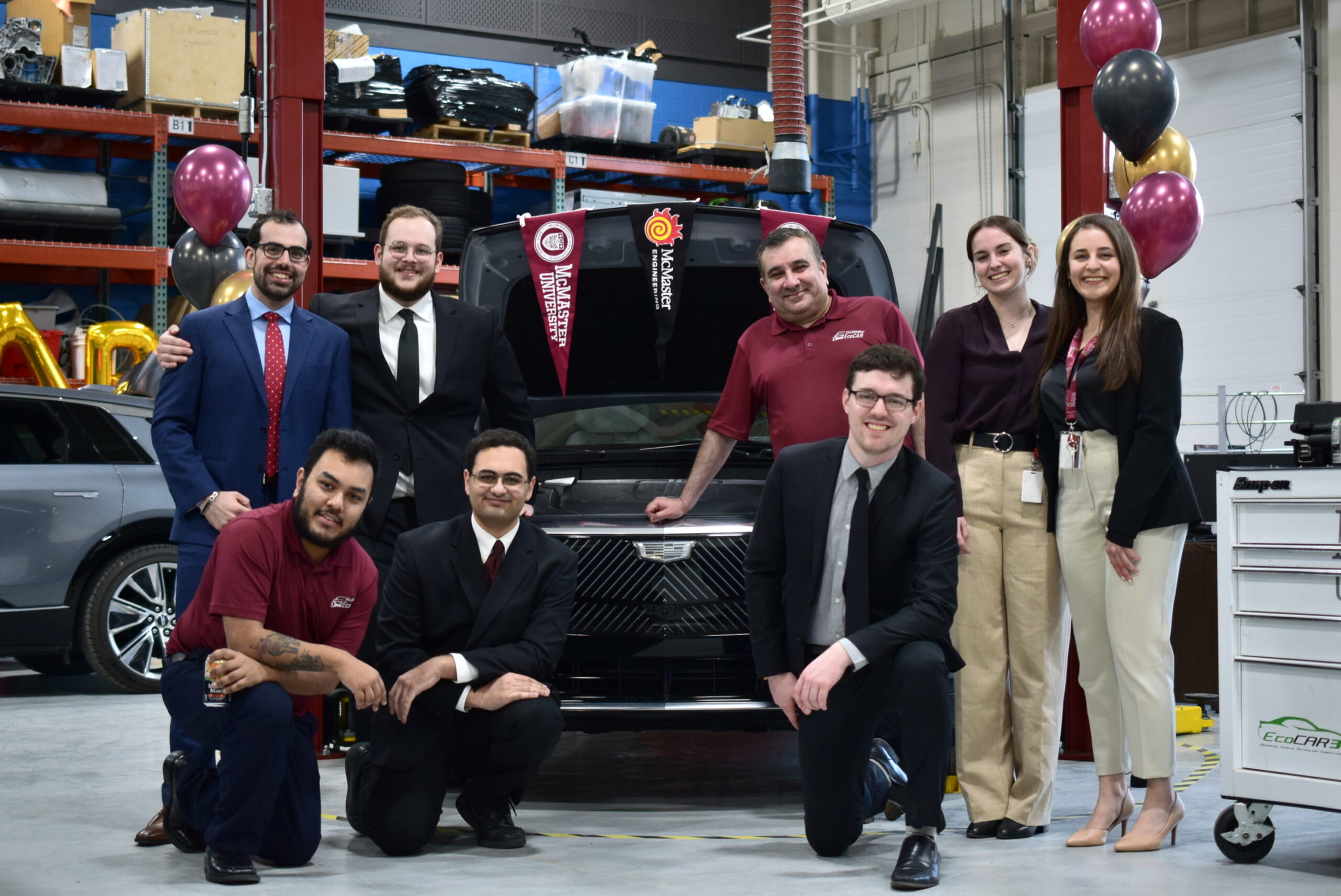Dataspeed is a certified distributor of Ouster lidar and recently collaborated with Understory Labs to supply them with the necessary lidar for their specific application. The Understory Labs team successfully integrated an Ouster OS1 lidar into their in-house system, which includes mechanical, electrical, and machine learning processes.
- What is your position at Understory Labs?
My name is Soheil, I am the CEO and co-founder of Understory Labs. We are a startup and have been around for about a year now, and we’re doing some cool stuff that I can definitely get into.
- Can you tell me more about Understory Labs?
We are a software harbor platform that generates ground truth data for forest carbon and environmental studies. We use a bunch of different modalities, including lidar to understand forests, specifically rainforests, and the Amazon. We work with a few big organizations, communities, indigenous communities, as well. So we have a few different pilots going on right now.
- How did you originally hear about Ouster?
We have a background in engineering and putting sensors and systems in space. There were a few, obviously, players in this space. Mostly not for this application, but for the autonomous vehicle application which everyone is familiar with. We have tested a few of the providers quite extensively. We actually started with another provider in the beginning and slowly sort of moved towards Ouster for various reasons. That was kind of the lay of the land work that we had to do in the beginning when we were prototyping.
- Can you tell me more about what you are hoping to achieve with the Ouster REV6 OS1-32?
We work predominantly in the Amazon Rainforest. Although, we do have some work in Mexico as well, but we mostly work in Peru and Brazil. To a degree, some potential work in Columbia and the Amazon as well. We actually had an OS0-32 REV 6 in the past, and that was good with the large field of view. But, when you get into 40+ meter trees in the depths of the rainforest, you want something more so that you can get the full image or view of the canopy. These are large, large trees and very dense environments, so we were really excited to upgrade to the REV6 OS1-32 for the same reason. I know that the OS1 REV7 is available as well, but we wanted to kind of test slowly, one-by-one.

- Can you tell me more about your studies in Brazil?
Essentially, what we do is measurements of forests. Similar to scientific measurements that people have been doing for around 100 years now. One of the cool things that we did was we went to an area in the central part of Brazil where the Amazon and the dry forest meet, and we used the new Ouster system that we were building on top of to measure trees, measure structure, and measure some other stuff.
At the same time, the science team of the University of Brazil, was actually doing the same kind of measurements on the spot. We would compare the results, so that was kind of neat to do. That’s a little bit of background of what we’ve been doing the past couple weeks.
- What was the process of gathering data with the Ouster Lidar?
This is actually something that we worked really hard to do. That is because these are remote areas – you go and you have only one shot. I was talking to one of my engineers, who has worked with NASA and the International Space Station – you go somewhere and you do sampling and you come back, that was your one shot. It is kind of similar; there is a lot of effort to go to these remote places, all while being very fun. We tend to do all of our processing on the spot to be able to understand how good of quality the data that we get there is, and if we do need to go back or just do another run right there.
Essentially, we wanted to get the full canopy (40+ meters) in a very dense vegetation. With the OS0 it was a little bit tough, and this OS1 upgrade really helped us move towards that. It’s not seeing as much noise in those areas and is getting a full picture of the canopy, allowing us to be able to do a lot of analysis and machine learning work on top of that data.
- Why did you choose to work with Dataspeed to procure your lidar?
This is actually a cool story. We were looking to get the OS1 for a little bit, and we knew that it was going to be for this trip. We actually started working with another provider halfway through and it just didn’t feel right. There were some mistakes and some things happening. I felt like I needed to go back and see who the authorized dealers are on this, and to my surprise you guys really moved just as fast as we had done with the other provider, if not faster.
We managed to get a very quick quote. The payment stuff with Stripe, just as developers and engineers, we love that sort of stuff. We were able to quickly make a decision and move forward. Honestly, the people aspect is missing from a lot of providers in general, not just lidar. I was really pleasantly surprised that it still exists with Dataspeed. I really appreciated your awesome support and the human touch to get things done quickly.
- What is in the future for Understory Labs?
In general, we love this intersection of ecology, forest conservation, and very high-tech lasers. We’re looking forward to working with partners like Dataspeed in terms of building out a fleet of these in the near future. I’m happy to report that we have a couple of pilots coming up in other areas, and we are potentially partnering with others. We just have a few of these right now in our spot because you don’t need that many at this point, but we’re starting to get asked to provide this platform to others. I’m really looking forward to potentially working with you folks to amplify the number of sensors we have.
Share
Explore More

AI Test Vehicle for NIST
Project Overview Primary objective: The project goal for National Institute of Standard and Technology (NIST) is to provide measurement methods and metrics to study the interaction

Modular Camera Suite Integration for AI Leader
Project Overview Primary objective: A leader in AI reached out to Dataspeed with the intention of creating a small fleet of autonomous capable customer demonstration

McMaster’s Innovative Use of Dataspeed iPDS in EcoCAR EV Challenge
Dataspeed is a Supporter level sponsor of the EcoCAR EV Challenge and has donated an intelligent Power Distribution System (iPDS) to each team. The McMaster

